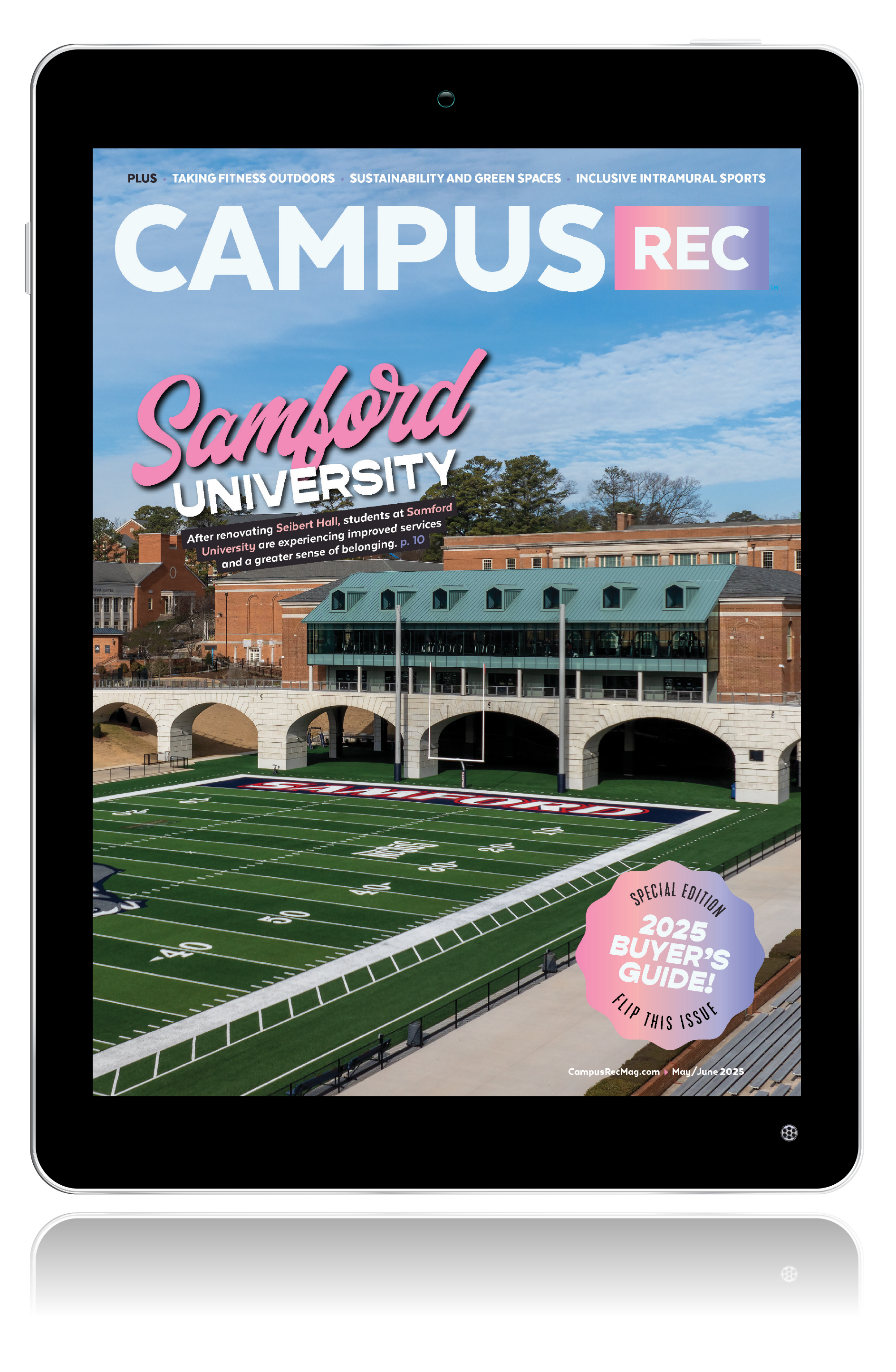Capital planning campus recreation facilities is exciting but challenges can arise. Overlooking key factors can lead to costly mistakes. Let’s explore five major pitfalls to be aware of so your project remains viable and successful for years to come.
1. Unrealistic Timelines
One of the most significant challenges in capital planning is setting unrealistic timelines. Pressures to deliver projects quickly often lead to underestimating the time required for design, approvals and construction. Unrealistic timelines can cause rushed decision-making, increased costs and compromised project quality. To avoid this pitfall, be mindful to incorporate adequate buffer time into project schedules and consult with stakeholders and experts during the planning phase.
2. Neglecting Future Costs
A common oversight in capital planning is focusing solely on upfront costs while neglecting future expenses. Maintenance, operational costs and eventual upgrades can significantly impact an organization’s budget over time. For instance, choosing cheaper materials may save money initially but could result in higher maintenance costs down the line. A project team should adopt a lifecycle cost approach, evaluating long-term expenses alongside initial investments. Comprehensive financial modeling can help planners understand the true cost of a project and make informed decisions that balance upfront costs and future expenditures.
3. Technology Obsolescence
Technology evolves rapidly, and what’s cutting-edge today may become obsolete within a few years. Relying on outdated systems can cause costly upgrades, compatibility problems or operational disruptions. Plan for technology refresh cycles, choose adaptable systems and future-proof your infrastructure to avoid unnecessary expenses.
4. Poor Communication and Stakeholder Engagement
Effective capital planning relies on clear and consistent communication among all stakeholders. Misunderstandings or lack of transparency can lead to misaligned goals, budget overruns and project delays. It’s essential to establish open lines of communication early and maintain them throughout the planning and implementation stages to avoid friction. If something doesn’t make sense or if there’s an unfamiliar term, don’t hesitate to ask for clarification. Regular updates, clear documentation and collaborative meetings can ensure everyone involved understands the objectives, timeline and constraints. Engaging stakeholders in the decision-making process and reduces the risk of conflicts.
5. Neglecting Sustainability
Sustainability is more than a trend — it’s vital for long-term success. Ignoring it can result in high costs, regulatory issues and negative publicity. Inefficient facilities lead to rising utility bills and maintenance expenses. Prioritizing energy-efficient lighting, water-saving fixtures and eco-friendly materials reduces costs, improves efficiency and enhances your facility’s reputation while meeting environmental expectations.
Ensuring Long-Term Success
Effective capital planning requires proactive thinking and teamwork. Addressing challenges like technology obsolescence and sustainability ensures your project is cost-efficient, sustainable and future-ready. Thoughtful planning guarantees your recreation center continues serving students and staff for years to come. Focusing on long-term success ensures a functional, innovative and respected facility.
Taylor Bynoe is the assistant director of Facilities at CENTERS at DePaul University where she coordinates the facility operations and maintenance of CENTERS oldest operating asset. The Ray Meyer Fitness and Recreation Center continues to serve the DePaul community 26 years after opening in 1999. She can be reached at tbynoe@depaul.edu.
Michael Weaver, FMP, is the associate director of Facilities and Operations for CENTERS at Marshall University. He is responsible for the complete asset management of Marshall’s Recreation and Fitness Center, the first P3 recreation facility in the country. He regularly contributes to CENTERS advisory services as an operations, facility management and risk management consultant. He can be reached at weaverm@marshall.edu.










